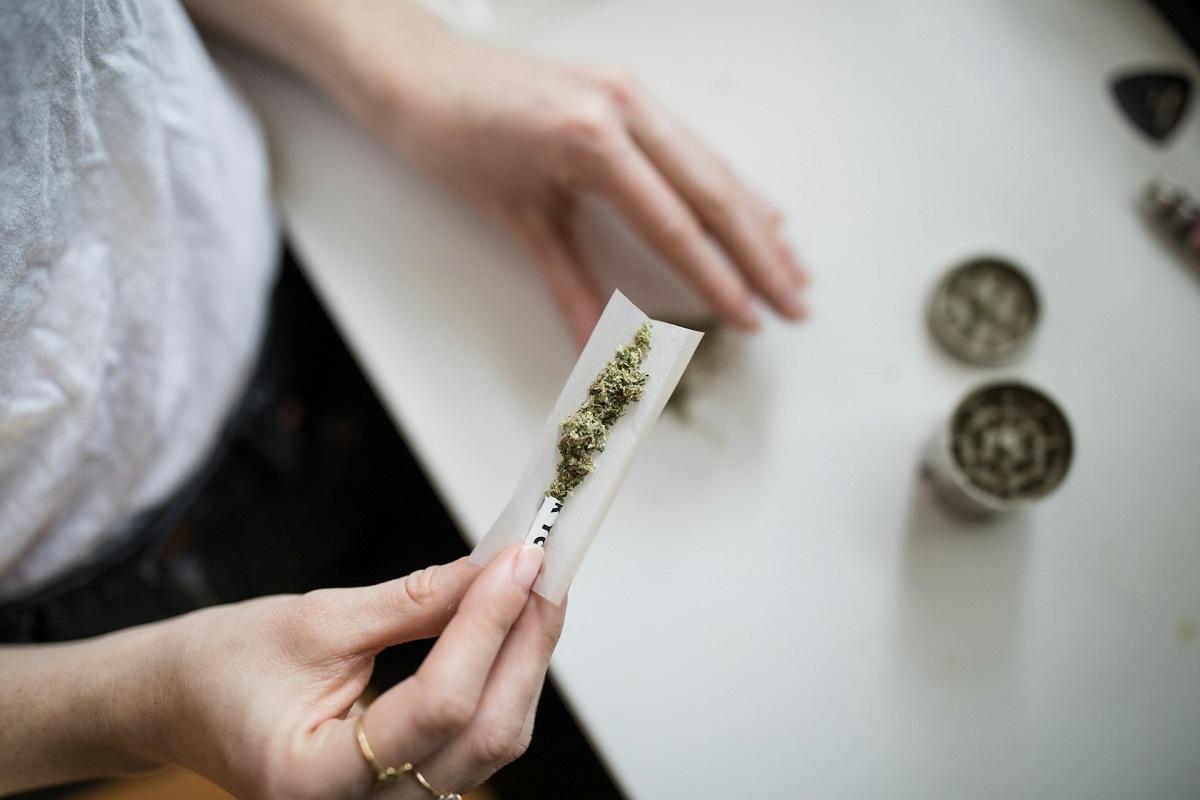Led by researchers at the Bruyère Research Institute, University of Ottawa Department of Family Medicine, The Ottawa Hospital, and ICES, this is the largest study of the relationship between cannabis use and anxiety to date. The study published today in The Lancet’s open access journal eClinical Medicine included over 12 million individuals living in Ontario, Canada, between 2008 and 2019 who had never received a diagnosis or treatment for anxiety. The researchers used health record data from ICES to compare the risk of developing an anxiety disorder for individuals who had an emergency department (ED) visit for cannabis use compared to the general population.
“Our results suggest that individuals requiring emergency department treatment for cannabis use were both at substantially increased risk of developing a new anxiety disorder and experiencing worsening symptoms for already existing anxiety disorders,” says lead author Dr. Daniel Myran, who is a Canada Research Chair in Social Accountability at the University of Ottawa, an ICES Adjunct Scientist, an Investigator at the Bruyère Research Institute, and a Clinician Investigator at The Ottawa Hospital.
Key findings of the study include:
- Risk of a new anxiety disorder: Within three years, 27.5 percent of individuals who had an ED visit for cannabis use were diagnosed with a new anxiety disorder in an outpatient, ED or hospital setting compared to 5.6 percent of the general population—a 3.9 fold increased risk after accounting for social factors and other mental health diagnoses.
- Risk of severe or worsening anxiety disorders: Within three years, 12.3 percent of individuals who had an ED visit for cannabis use had a hospitalization or an emergency department visit for an anxiety disorder compared to 1.2 percent of the general population—a 3.7 fold increased risk after accounting for social factors and other mental health diagnoses.
- In individuals with an ED visit where cannabis was the main reason for a visit, the risk of having a hospitalization or ED visit for an anxiety disorder increased by 9.4 fold compared to the general population.
- Men and women and individuals of all ages with an ED visit for cannabis use were at elevated risk of developing new anxiety disorders relative to the general population. Importantly, younger adults (10-24 years) and men were at particularly elevated risk.
There is an ongoing debate about whether cannabis use causes individuals to develop anxiety disorders or if part of the relationship between cannabis use and anxiety reflects individuals self-medicating anxiety symptoms with cannabis. The current study finds that cannabis use may worsen anxiety and is the largest to date examining this question.
Caution over cannabis use
Regardless of causality, the authors caution against using cannabis to treat symptoms of anxiety given the lack of evidence for its effect, that its use may delay other evidence-based treatments, and the potential risk that it may substantially worsen anxiety symptoms.
“Cannabis use has rapidly increased in Canada over the past 15 years and there is a general sense that cannabis is relatively harmless or has health benefits. Our study cautions that in some individuals, heavy cannabis use may increase their risk of developing anxiety disorders,” says Dr. Myran.
The study, “Development of an anxiety disorder following an emergency department visit due to cannabis use” was published in eClinical Medicine. Authors: Myran DT, Harrison LD, Pugliese M, Tanuseputro P, Gaudreault A, Fiedorowicz JG, Solmi M.
Media requests: [email protected]
